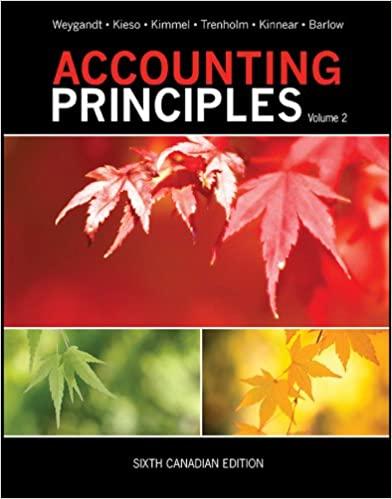Answered step by step
Verified Expert Solution
Question
1 Approved Answer
According to findings of Dr . Jean Paul MPAKANIYE, most of people benefiting from microloans of SAKAJE borrow an amount averaging 4 0 0 ,
According to findings of Dr Jean Paul MPAKANIYE, most of people benefiting from microloans of SAKAJE borrow an amount averaging the second borrow an amount averaging the third borrow an amount averaging and finally the third proportion borrow an amount averaging Respectively, the first have a proportion of the second have a proportion of the third have a proportion of and the fourth have a proportion of The socio economic destinations of microloans have helped make calculations about the propensity of those socioeconomic destinations of microloans to poverty reduction. The following table details the information about the destination of granted microloans.
Indicators Count Percent
SOCIAL To compensate for food shortages
To compensate for insufficiency of households assets
To overcome difficulties paying health insurance
To overcome Difficulties paying school fees for children
To compensate for insufficiency of financial literacy
ECONOMIC To initiate market farming
To initiate new Income Generating Activities IGAs
To extend IGAs in order to generate monthly income flow
of
Total
As it can been seen on preceding illustrations, the weighted percentages show that of all microloans are destined to productive activities Farming craft, and small trade whereas of all microloans are destined to social affairs increasing households assets, payment of school fees for children, and payment of mutual health insurance
R Rahmans study calibrated the cash amount of each loan actually used by the borrower herself, but this does not give a full account of the degree of managerial control women retain over their investment activities. For example, in paddy husking, which was the second most important activity in which women in Rahmans study invested, there are a range of possible degrees of womens involvement. Women certainly provide most of the labor involved, but do not have direct control over marketing the product, and may not have full control over the amounts husked each week, given that they must rely upon men to provide inputs. Whites study identifies the main user on the basis of the investment activity given that pro ductive activities are strongly gendered in Bangladesh. This method for classifying loan use is more sensitive to issues of loan control, as women are more likely to retain control over activities in which men do not engage. But, as she acknowledges, it is a tentative indicator, imposing a structure on some thing which is essentially fluid p Even where loans are used for conventionally male activi ties, a range of managerial and contractual arrange ments can be found through which women retain some control over loan use. In our study, of the loans had been invested in conventionally female productive activities, in male activities, and the rest in family investments such as housing, sanita tion, rice storage, and payments for dowry or illness. MAKE AN ACADEMIC ANALYSIS FROM THE ABOVE FINDINGS.
Step by Step Solution
There are 3 Steps involved in it
Step: 1

Get Instant Access to Expert-Tailored Solutions
See step-by-step solutions with expert insights and AI powered tools for academic success
Step: 2

Step: 3

Ace Your Homework with AI
Get the answers you need in no time with our AI-driven, step-by-step assistance
Get Started


